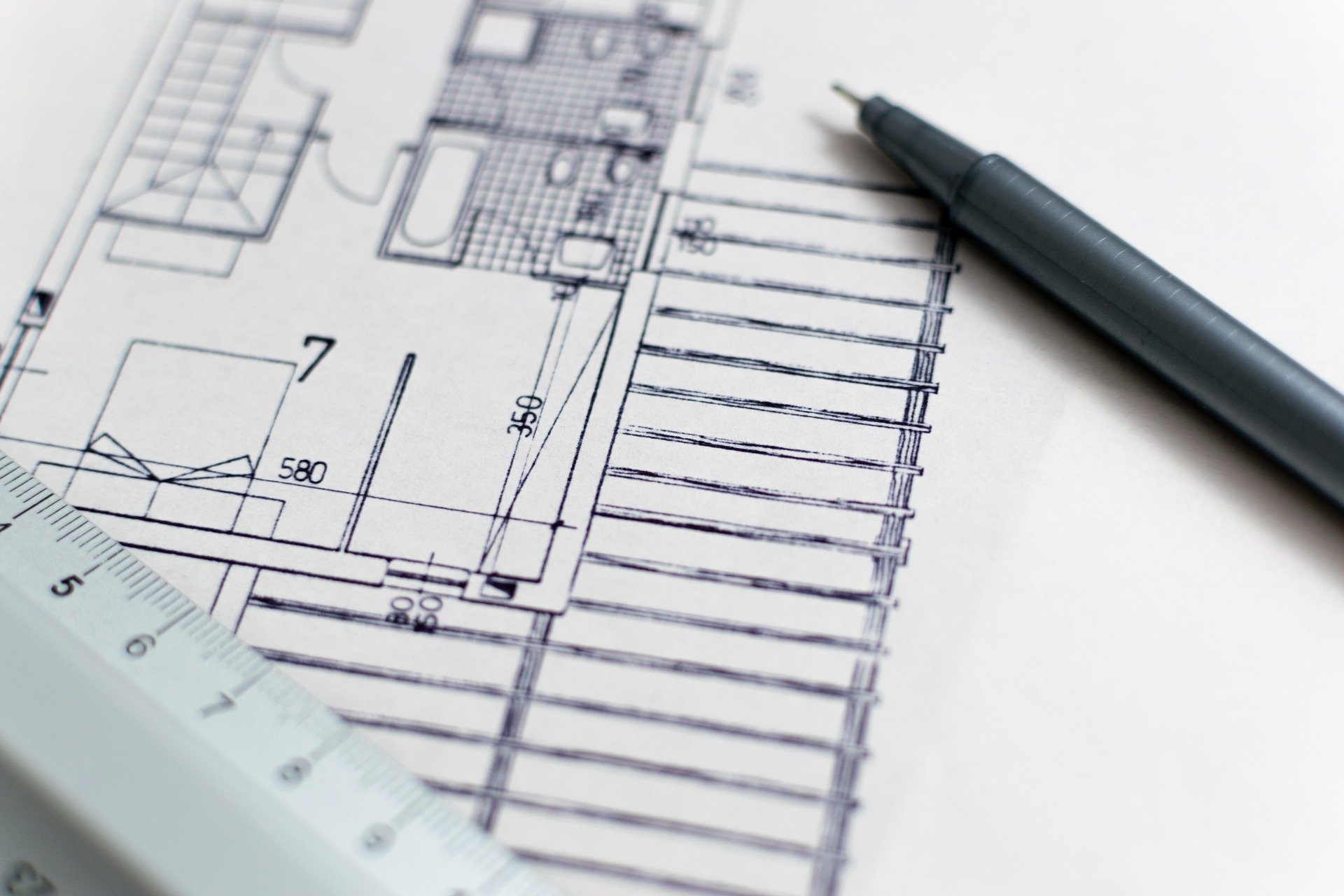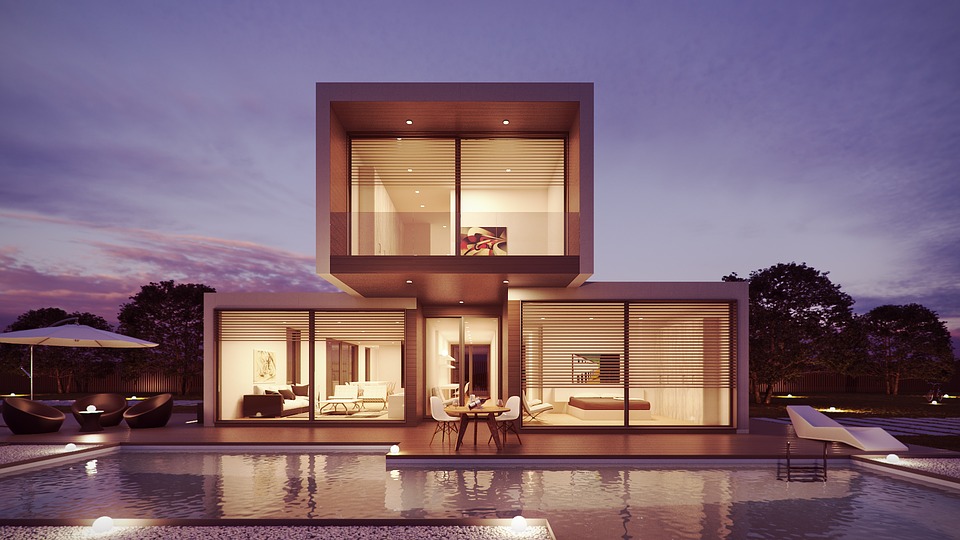Architectural Wonders: Exploring the World’s Most Iconic Buildings Through IPTV

The wonders of technology allows us to explore far and wide without leaving our homes, thanks to IPTV UK. You can sit in your living room and travel virtually to see amazing buildings from all over the world. IPTV gives you access to lots of documentaries, travel shows, and programs about architecture. It’s like stepping right into the buildings and learning all about them. Let’s explore how IPTV lets us uncover the stories behind these incredible structures.
Unlocking Architectural Treasures
- Documentaries: IPTV serves as a repository of documentaries that delve deep into the history, design, and cultural significance of architectural landmarks. From ancient wonders like the Pyramids of Giza to modern marvels like the Burj Khalifa, these documentaries offer insights into the evolution of architectural styles and techniques.
- Travel Shows: With IPTV, you can virtually traverse the globe and explore architectural wonders in their natural habitat. Travel shows take you on a journey to distant lands, where you can marvel at the grandeur of cathedrals, palaces, and temples, all from the comfort of your couch.
- Architectural Showcases: IPTV platforms often feature specialized programs dedicated to showcasing the work of renowned architects and the buildings they’ve designed. These showcases offer a behind-the-scenes look at the creative process behind iconic structures, providing a deeper understanding of their significance.
Immersive Experiences
IPTV UK offers more than just passive viewing; it provides an immersive experience that engages all the senses. Through high-definition footage, 360-degree tours, and interactive features, viewers can explore architectural wonders in unprecedented detail. Whether you’re admiring the intricate carvings of a Gothic cathedral or marveling at the sleek lines of a modern skyscraper, IPTV brings these buildings to life in ways never before possible.
Appreciating History and Design
One of the greatest advantages of IPTV is its ability to contextualize architectural wonders within their historical and cultural framework. By delving into the stories behind these buildings, viewers gain a deeper appreciation for their significance and impact on society. Whether it’s the political intrigue surrounding the construction of the Taj Mahal or the technological innovations that fueled the rise of the Empire State Building, IPTV offers a holistic view of architectural history.
READ ALSO: Futuristic Architecture and Smart Landscaping: Innovations Shaping Tomorrow’s Environments
Conclusion
IPTV UK opens the door to a world of architectural wonders, offering viewers a front-row seat to some of the most iconic buildings ever constructed. Through documentaries, travel shows, and architectural showcases, viewers can embark on a virtual journey through time and space, gaining a deeper understanding of the history, design, and cultural significance of these masterpieces. So why wait? Dive into the world of IPTV and unlock the secrets of architectural marvels from around the globe.




















 The best VR graphics card is an imperative component for one to experience the virtual world. A graphics card is crucial computer hardware. In essence, when placed in a computing hardware, the graphics card generates and renders various graphics, images, and texts on a computer monitor.
The best VR graphics card is an imperative component for one to experience the virtual world. A graphics card is crucial computer hardware. In essence, when placed in a computing hardware, the graphics card generates and renders various graphics, images, and texts on a computer monitor. Virtual Reality – Its Advantages In Architecture
Virtual Reality – Its Advantages In Architecture

 2. Training needed to do work duties will include a good foundation in math as well as in depth knowledge of
2. Training needed to do work duties will include a good foundation in math as well as in depth knowledge of 
 It is a strategy to come up with a construction, it is vital to have a notion about the beginning and the end of the building endeavor. The flowchart below shows the building flow in the beginning to a structure project’s conclusion.
It is a strategy to come up with a construction, it is vital to have a notion about the beginning and the end of the building endeavor. The flowchart below shows the building flow in the beginning to a structure project’s conclusion.





 It’s the reverse of the number of organizations operate now, together with the information and IT infrastructure forcing the procedures, which, together with some serendipity, may just adapt to previous changes in the surroundings, and therefore are usually implemented much too late for your company to capitalize on the ecological alterations.
It’s the reverse of the number of organizations operate now, together with the information and IT infrastructure forcing the procedures, which, together with some serendipity, may just adapt to previous changes in the surroundings, and therefore are usually implemented much too late for your company to capitalize on the ecological alterations.


 In case you’ve been tasked with constructing infrastructure for a business which develops online or cellular games; your priority is to maintain the matches running & up with excellent performance. To list a few examples; ensuring all event logs have been correctly set up, these logs are forwarded for analytics, and you’re using scripting tools to handle new games in addition to new software releases.
In case you’ve been tasked with constructing infrastructure for a business which develops online or cellular games; your priority is to maintain the matches running & up with excellent performance. To list a few examples; ensuring all event logs have been correctly set up, these logs are forwarded for analytics, and you’re using scripting tools to handle new games in addition to new software releases.


 Actually most people who lack the photographer’s eye could pass by numerous lanes and by-lanes and mix several buildings before looking twice. However that’s not exactly what an architectural photographer will perform. He’d rather have one great look at the construction and focus his lens. Following
Actually most people who lack the photographer’s eye could pass by numerous lanes and by-lanes and mix several buildings before looking twice. However that’s not exactly what an architectural photographer will perform. He’d rather have one great look at the construction and focus his lens. Following